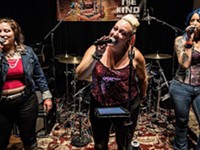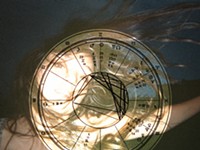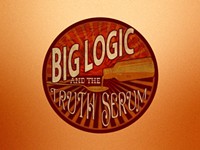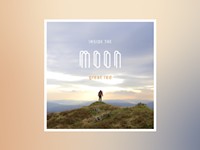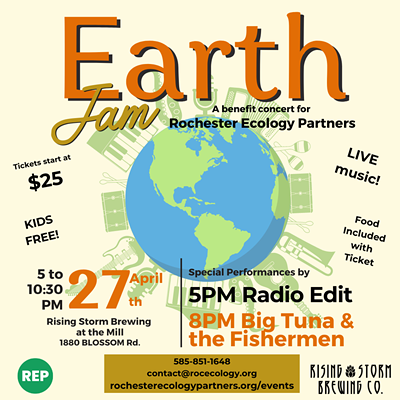[
{
"name": "500x250 Ad",
"insertPoint": "5",
"component": "15667920",
"parentWrapperClass": "",
"requiredCountToDisplay": "1"
}
]
With its blurred staccato of rapidly picked notes, its rhythmic thunder, and the roar of its reverb-drenched volume, the music of surf-guitar godfather Dick Dale is full-on primal, savage, and untamed. It's the call of the wild, the scream from the jungle. It's big, bad, and menacing. This master of the Stratocaster's rhythm, volume, and musical imagery have made him one of the greatest and most influential guitarists of all time. As with all rock 'n' roll, Dale blames it on the beat.
"I got all my rhythms from Gene Krupa," Dale says via phone from his hotel room somewhere in land-locked Colorado. "That's where I learned to pick like that. It was the rhythms he [Krupa] learned from the natives, the indigenous tribes throughout the world, the way they'd count 1-2-3-4, 1-2-3-4 — the way they'd pound their spears on the ground. That's where he got his count when he'd play the drums. Whereas other people played on the one and the off beat, he played on the one beat. And that's where everybody counts; the grassroots people that aren't musicians, they count on the one. So I play on the one and that's why everybody feels what I do. So no matter what kind of music I play — Latino, soft music, music like Harry James, country music — it's all done on the one. That's why people can feel it."
Feel it, and hear it. Dick Dale is loud, baby. By the time Leo Fender and speaker company JBL designed amplifiers and speakers that could withstand Dale's abuse, he had already blown up close to 50 amps, some literally catching fire on stage. Dale would floor these amps until they gave up the ghost, and he also strung his upside-down, southpaw guitar with 60-gauge strings (almost twice the gauge of those used by most guitar players.)
But this was the late 1950's, after all, and nobody had heard anything like Dick Dale and The Del-Tones. Technology needed to catch up as more and more kids were catching on.
In response to Dale's sonic demands and the carnage left in its wake, the Fender Dual Showman piggy-back amp was born along with the JBL 15" D130 speaker.
"I wanted to make it big, like Krupa's drums," says Dale. "That's why we created those amplifiers. It was like splitting the atom at that time. They only had like 10-watt output transformers at that time and we were the first to create the 85-watt all the way to the 100-watt output transformer, peaking at 180 watts." Eventually this would come to be known as the Dick Dale transformer. Dale still uses these amps on stage, along with the Fender reverb tank he also helped to develop.
But most of the kids that piled into the Rendezvous Ballroom in Balboa, California, in the late 1950's —where Dale made his debut — as well as the kids that pile in to see him today, don't get hung up on the how-to or the what-for. It's all about the music and its inescapable power; power that came from the drums as well as the wild and the ocean.
"It was a mixture of three different things," says Dale. "I was raising my lions and tigers. I had over 50 species of animals from all over the world, preserving them from poachers so they wouldn't go into extinction. I would listen when they'd cry to me when they wanted to eat — the big growling of my lions and the screaming of my mountain lions, the elephants — I would imitate those sounds with my guitar. And then it went into the ocean." That's where most people envision Dale's music: hanging 10 amidst the rapidly picked droplets of water, the whoosh of the chords' salty spray, the thunderous crash of the reverberating waves. It's Mother Nature doing The Twist.
Dale's music is unmistakable, and has been used in commercials and movie soundtracks including the opening scene of Quentin Tarantino's "Pulp Fiction," where the brutal and violent beauty of Dale's "Misirlou" sets the tone for the whole film.
Dick Dale continues to tour the world, playing music from a discography of more than 12 albums, numerous singles, and countless compilations. He has been putting out records since 1962's "Surfer's Choice" and yet night after night the sound is fresh; you can practically smell the ocean, you can hear the lions roar.
"Every night it's different," says Dale. "I never follow a list. I go out into the audience, I see what's going on; I start a song, I don't finish it. We're halfway in a song and my brain will tell me to do something else. I never rehearse, I never practice. I make it all up as I play."
